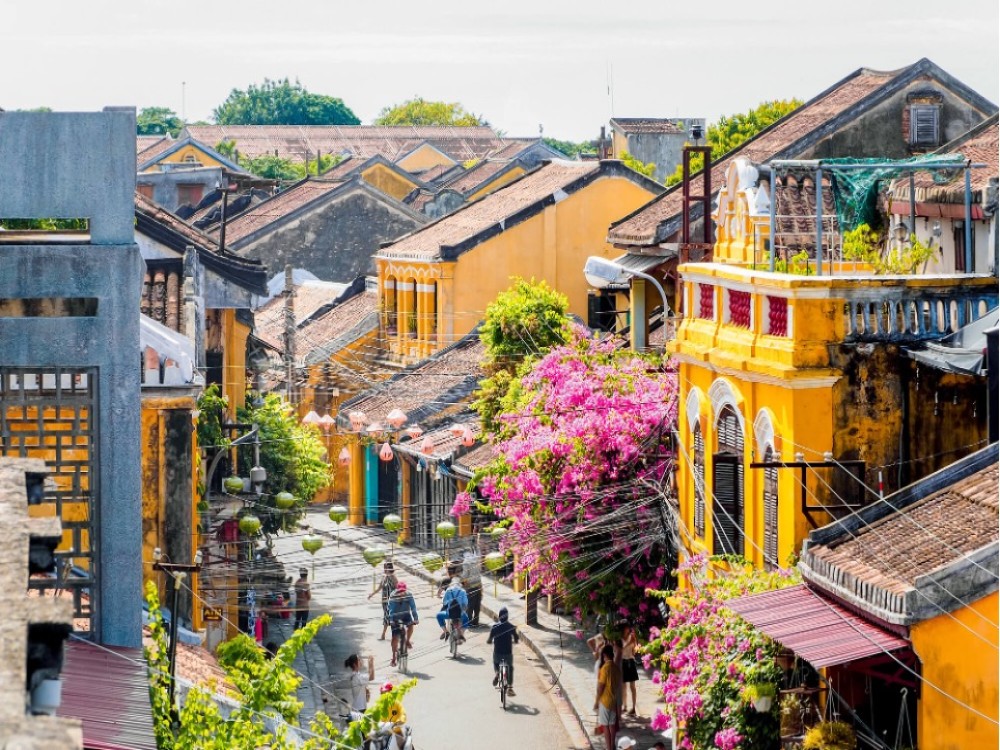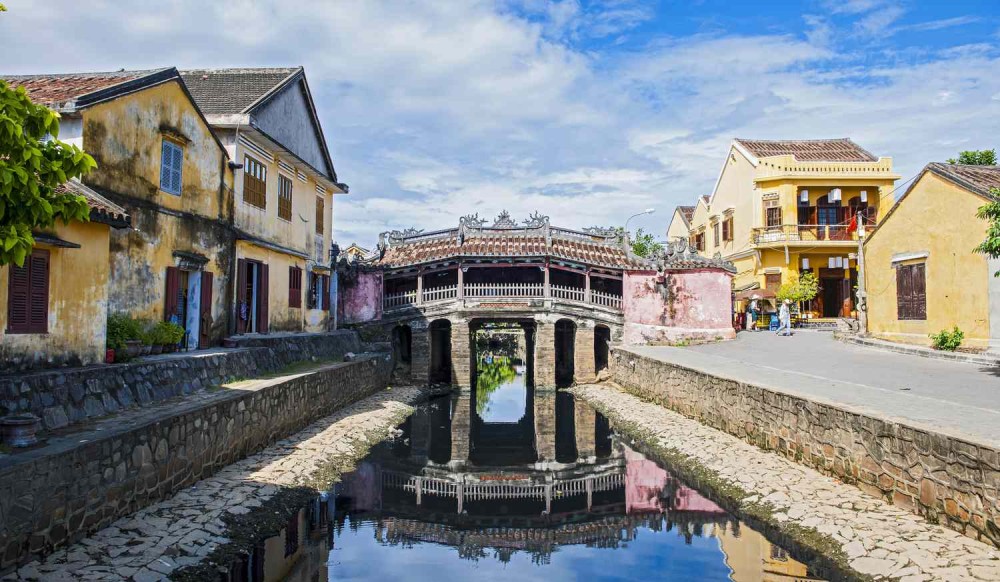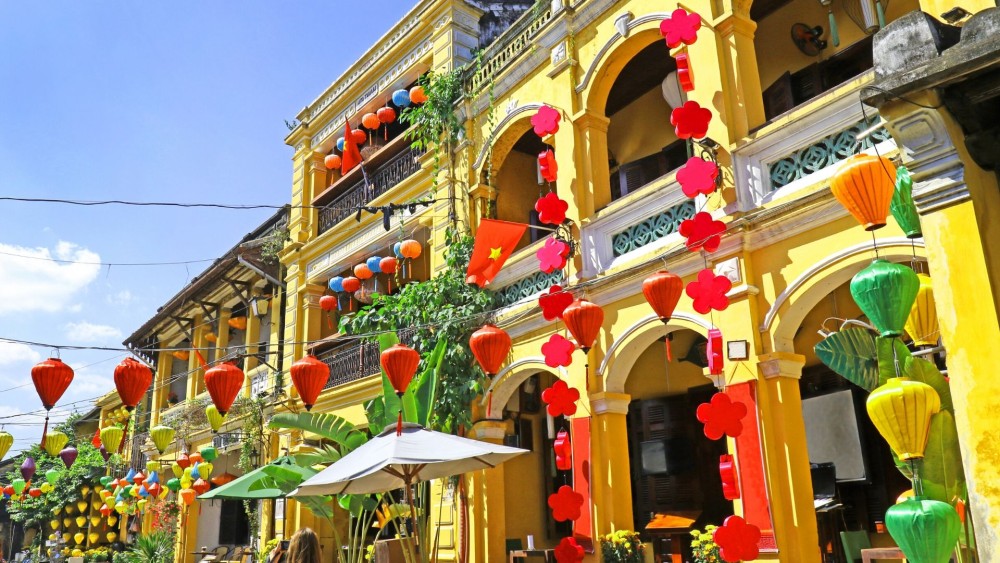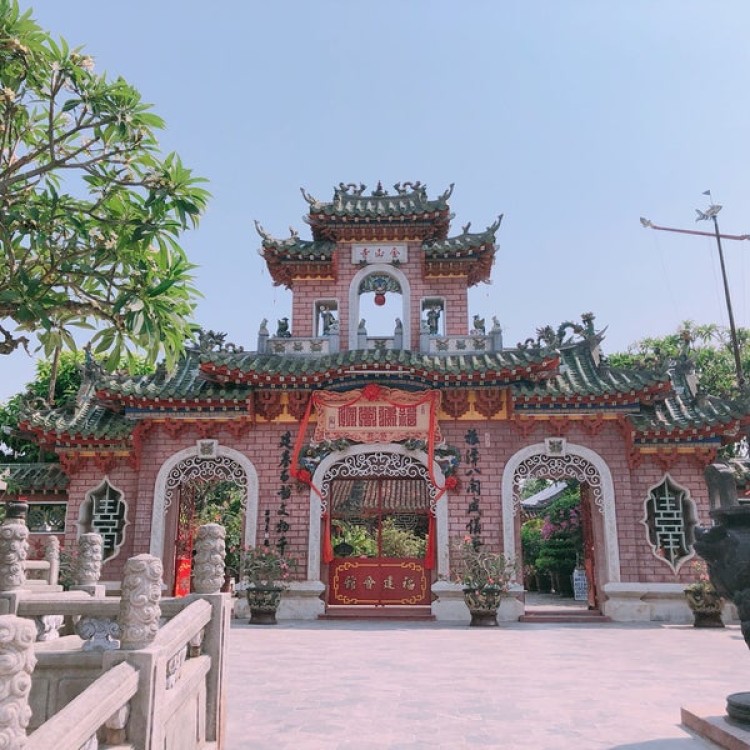- Vietnam
- Things to do in Hoi An
- Hoi An’s Ancient Town: A Walk Through History & Culture
Hoi An’s Ancient Town: A Walk Through History & Culture
Hoi An’s Ancient Town is a UNESCO World Heritage site that beautifully showcases the rich history and culture of Vietnam. With its well-preserved buildings, vibrant streets, and historical landmarks, it offers a glimpse into the past, blending Vietnamese, Chinese, and Japanese influences. Let’s dive into the essence of Hoi An’s ancient heart.


1. The Iconic Japanese Covered Bridge
The Japanese Covered Bridge, dating back to the 16th century, is one of Hoi An’s most famous landmarks. Built by the Japanese community in Hoi An, this charming bridge symbolizes the town's historical connection to trade and cultural exchange. It’s a must-see for any history lover visiting the town.

2. Ancient Merchants’ Houses
Walking through Hoi An’s streets, you’ll notice beautifully preserved merchant houses that blend different architectural styles, such as Chinese, Japanese, and Vietnamese. The Old House of Tan Ky is a perfect example, where you can learn about the town's trading history. These homes offer insight into the daily life of past generations.

3. Phuc Kien Assembly Hall: A Cultural Gem
The Phuc Kien Assembly Hall, also known as the Fujian Assembly Hall, is a magnificent example of Chinese architecture in Hoi An. Built in the 17th century by Chinese immigrants, it was used for worship and as a gathering place. The hall is filled with intricate carvings and colorful decorations, reflecting the cultural diversity of the town.

4. The Central Market: A Living History
The bustling Hoi An Central Market is not just a place to shop for souvenirs; it’s also a living representation of the town’s vibrant culture. Here, you’ll find fresh produce, spices, local handicrafts, and street food, all while witnessing the daily life of the locals. It’s the perfect spot to soak in Hoi An’s atmosphere.

5. The Lantern Festival: A Cultural Celebration
One of the best ways to experience the cultural richness of Hoi An is by visiting during the Full Moon Lantern Festival. The streets are lit by thousands of colorful lanterns, and the town comes alive with music, dance, and traditional performances. It’s an unforgettable event that beautifully showcases Hoi An’s cultural heritage.
You may also like these
Copyright © 2025 All Rights Reserved


